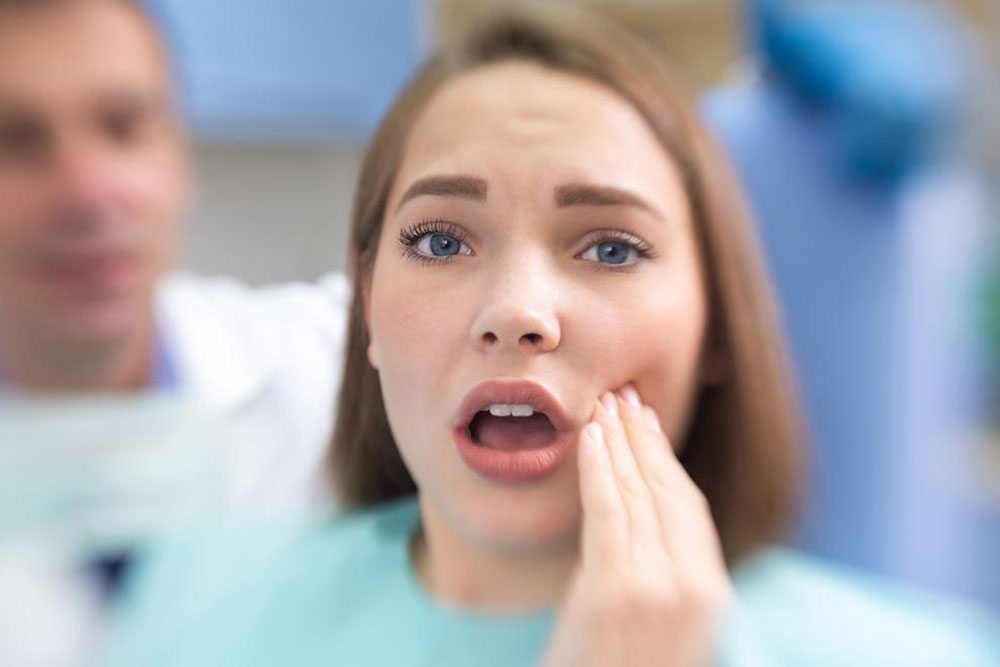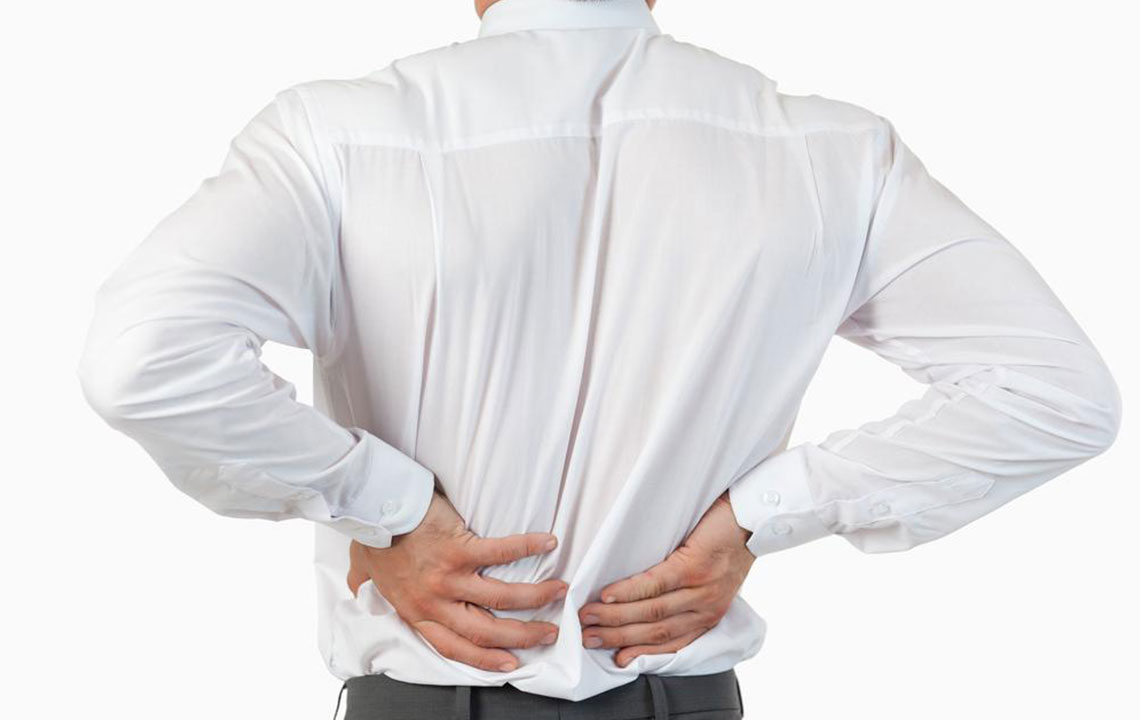In-Depth Overview of TMJ Disorder Treatments and Management Strategies
This comprehensive guide explores the wide range of treatments available for TMJ disorder, from medications and physical therapy to dental appliances and surgical options. Learn how various therapies can alleviate pain, improve jaw function, and address chronic issues, emphasizing the importance of personalized treatment plans. Ideal for individuals suffering from TMJ symptoms seeking effective relief methods, this article provides detailed insights into managing TMJ syndrome comprehensively.

In-Depth Overview of TMJ Disorder Treatments and Management Strategies
The temporomandibular joint (TMJ) acts as a crucial hinge connecting your jawbone to your skull, allowing mouth movements such as chewing, speaking, and yawning. When this joint sustains injury, experiences wear and tear, or becomes inflamed, it can lead to TMJ syndrome, characterized by pain, discomfort, and limited jaw functionality. Since TMJ disorders can significantly impact daily life, understanding the comprehensive range of treatment options is essential for effective management and relief.
Most cases of TMJ dysfunction tend to improve naturally over time without intensive intervention, especially when linked to temporary stress or inflammation. However, for persistent or severe symptoms, a variety of treatment modalities are available. Healthcare professionals often recommend a combination of therapies tailored to the individual’s condition, severity, and response to initial treatments. The goal is to alleviate pain, restore normal jaw function, and prevent further joint deterioration.
Medical Treatments for TMJ Disorder
Medication-based approaches are among the first-line treatments for TMJ syndrome. These non-invasive options can significantly reduce discomfort and inflammation when implemented appropriately. Over-the-counter pain relievers, such as acetaminophen or ibuprofen, may be sufficient for mild cases, but for more intense pain, healthcare providers may prescribe stronger medications.
Non-steroidal anti-inflammatory drugs (NSAIDs) are commonly used to decrease joint inflammation and alleviate pain. In certain situations, doctors might also prescribe muscle relaxants to help ease muscle spasms and reduce jaw stiffness temporarily. Importantly, some antidepressants, particularly tricyclic antidepressants, have been found effective in reducing chronic TMJ pain, especially when associated with muscle tension or anxiety. These medications are typically prescribed at low doses and under close medical supervision.
In addition to medication, physical therapy plays a vital role in restoring jaw function and reducing symptoms. Techniques such as ultrasound therapy deliver deep heat to relax muscles and improve blood flow, while cold or heat compresses can decrease inflammation or soothe sore muscles. Specific exercises designed by physiotherapists help strengthen jaw muscles, improve flexibility, and prevent future dysfunction. These exercises require consistent practice to be effective and are often part of a comprehensive treatment plan.
Dental Devices and Behavioral Interventions
One of the most common non-surgical interventions involves the use of oral appliances. Custom-made splints or mouth guards are worn over the teeth, especially during sleep, to reduce grinding and clenching — behaviors known as bruxism that exacerbate TMJ symptoms. These dental devices help align the jaw properly and can significantly diminish pain and wear on the joint.
Beyond physical devices, addressing behavioral factors is crucial in TMJ management. Psychological counseling or behavioral therapy can identify and modify habits that worsen TMJ issues, such as grinding teeth, jaw clenching, or resting the chin on surfaces. Developing stress management techniques, like relaxation exercises or mindfulness practices, can further reduce muscle tension around the joint.
Exploring Alternative and Complementary Therapies
For individuals with chronic TMJ pain who do not find sufficient relief through conventional treatments, alternative therapies may offer additional benefits. Acupuncture, a traditional Chinese medicine technique, involves inserting fine needles into specific body points to alleviate pain and relax muscles. Many patients report significant reductions in discomfort following regular acupuncture sessions.
Biofeedback is another effective complementary approach. Using electronic sensors, biofeedback devices monitor muscle activity and tension in the jaw. Patients learn relaxation techniques to control muscle tension, thereby reducing joint strain and pain. These methods are often used alongside other therapies to enhance overall treatment outcomes.
Despite the effectiveness of non-surgical interventions, some cases of TMJ disorder become resistant to conservative management. Chronic or severe dysfunction may necessitate surgical procedures. These surgical options include arthrocentesis (joint lavage), arthroscopy (minimally invasive joint surgery), condylotomy (jawbone surgery), or open joint surgery. Each procedure varies in complexity, recovery time, and indications, making thorough evaluation by an experienced maxillofacial surgeon or orthopedic specialist essential. Patients should always consult healthcare professionals to discuss the risks and benefits associated with surgical treatment before proceeding.
In conclusion, managing TMJ syndrome involves a multidisciplinary approach, combining medication, physical therapy, dental appliances, behavioral modifications, and, when necessary, surgical intervention. Early diagnosis coupled with personalized treatment plans can lead to effective symptom relief and improved quality of life for those affected by this complex condition.





